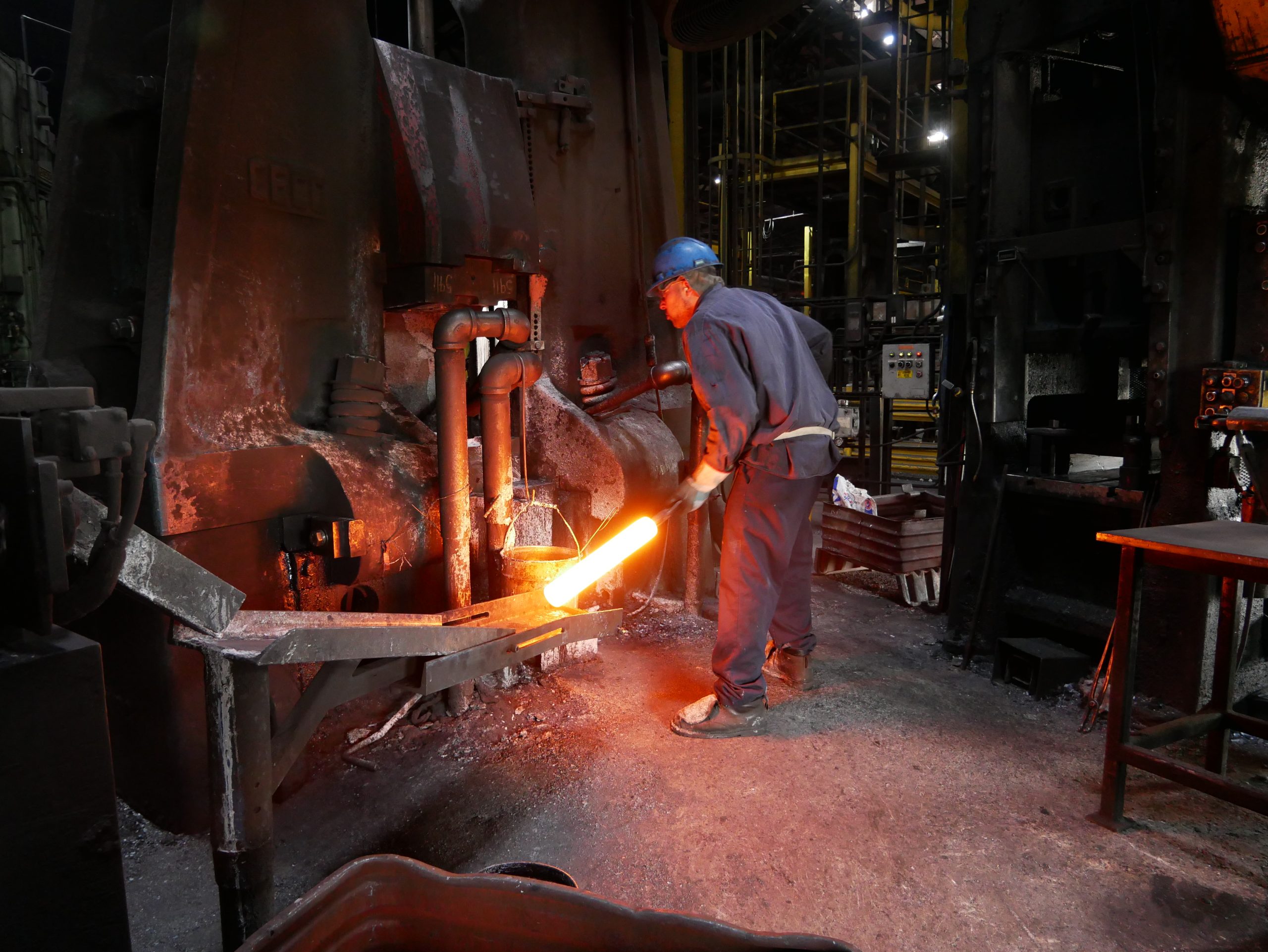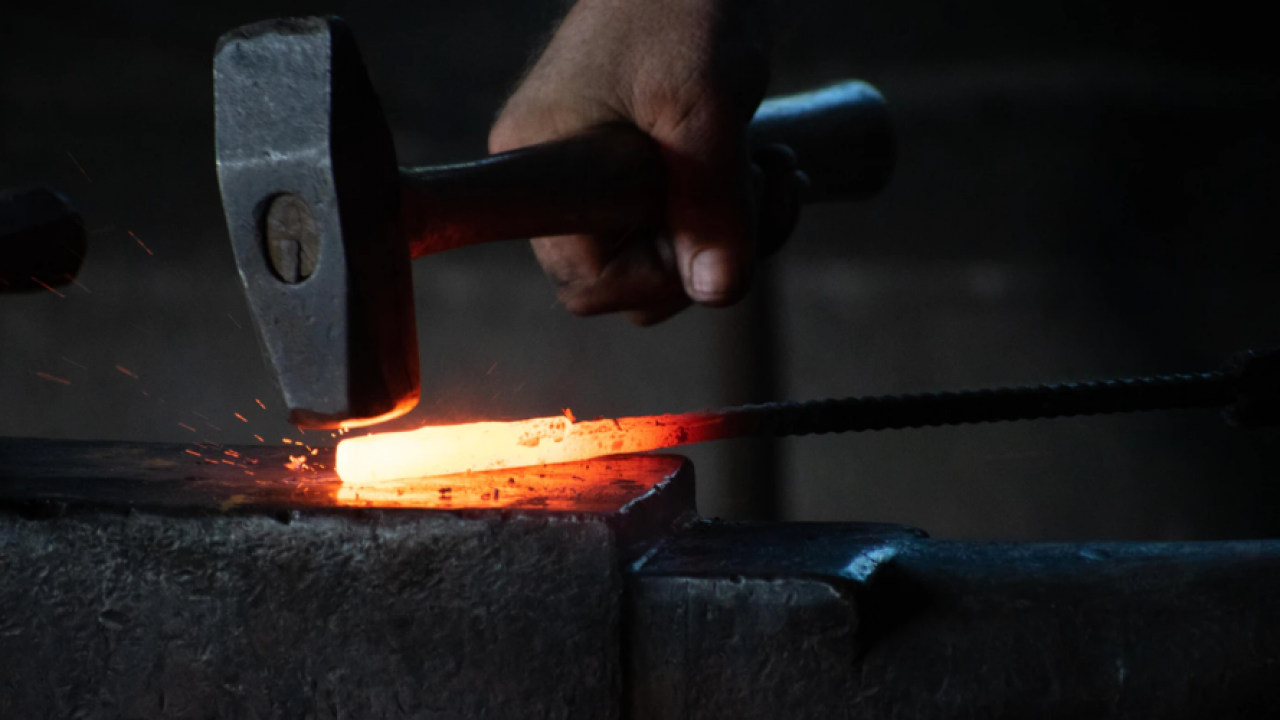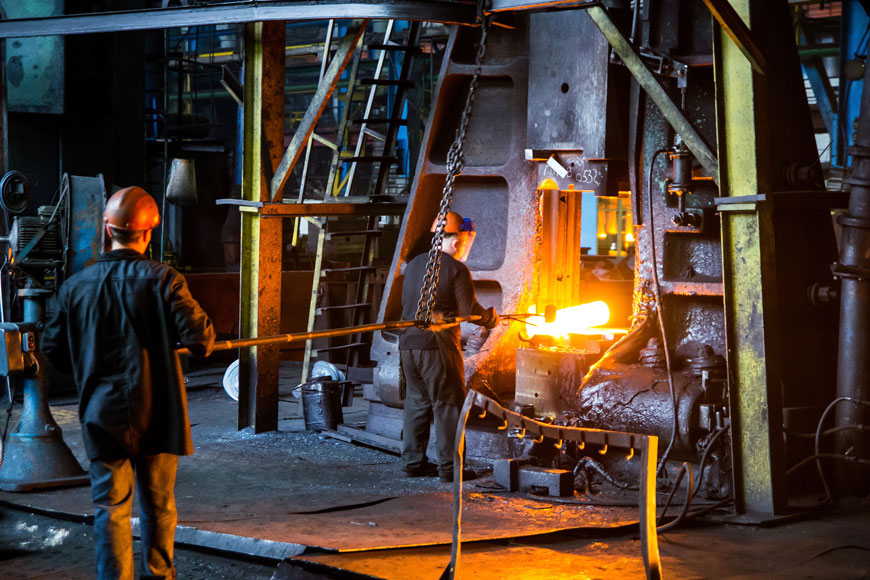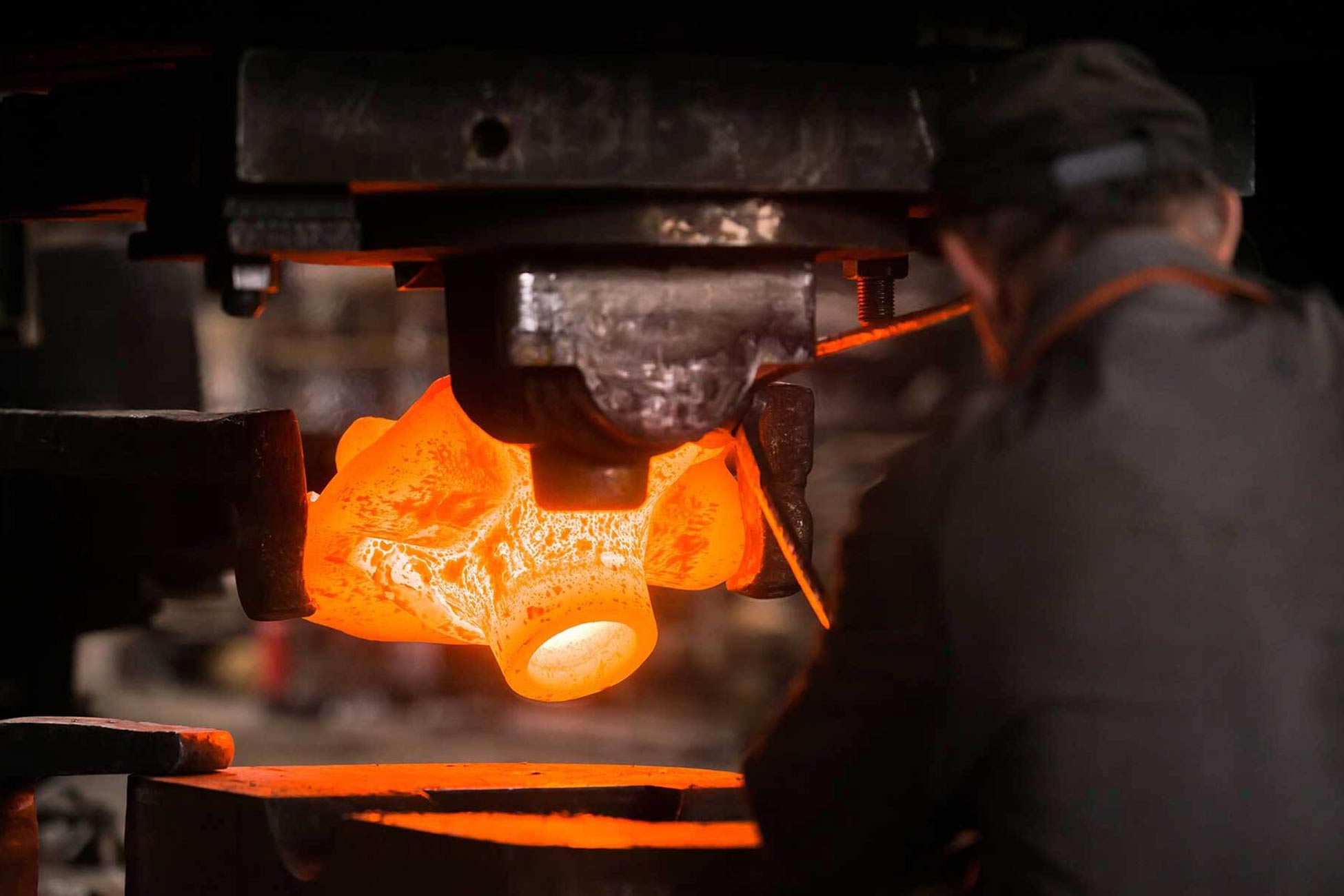Forging : How to used machine is for forging?
Forging, a time-honored craft, has evolved significantly with the integration of cutting-edge technology. One such revolutionary advancement is the use of machine intelligence in forging processes. In this article, we will delve into the intricacies of how to harness the power of machines for forging, unlocking new levels of precision, efficiency, and innovation.

I. Understanding the Basics:
Exploring the intricacies of machine-assisted forging requires a firm grasp of the fundamental principles underlying the craft. This entails understanding the unique properties of diverse metals, mastering heat treatment techniques, and familiarizing oneself with the array of forging processes available.

II. Selecting the Right Materials:
The initiation of machine intelligence in the forging process commences with meticulous material selection. Cutting-edge algorithms scrutinize the characteristics of metals, facilitating the forging of top-tier components. Be it steel, aluminum, or titanium, machine intelligence refines material choices to maximize both durability and performance.

III. Computer-Aided Design (CAD) and Simulation:
Seamlessly blending with Computer-Aided Design (CAD) software, machine intelligence facilitates the creation of intricate designs with unmatched precision for engineers. Additionally, artificial intelligence-driven simulation tools forecast material behavior in various forging conditions, empowering engineers to enhance their designs prior to actual production.

IV. Automated Heat Treatment:
Achieving the perfect balance of hardness and ductility in forged components requires precise heat treatment. Machine intelligence optimizes this process by continuously monitoring and adjusting temperature profiles, ensuring consistent and high-quality results. This level of automation enhances efficiency and reduces the margin for human error.

V. Adaptive Forging Processes:
Machine intelligence enables adaptive forging processes, where the machine dynamically adjusts parameters based on real-time feedback. This ensures optimal forging conditions, improving the mechanical properties of the final product while minimizing waste.

VI. Real-Time Quality Control:
Quality control is paramount in forging, and machine intelligence plays a pivotal role in ensuring that each component meets strict specifications. Through advanced sensors and machine vision systems, deviations from desired outcomes are detected in real-time, allowing for immediate adjustments and minimizing the production of defective parts.
VII. Collaborative Robotics:
The integration of collaborative robots, or cobots, in forging processes enhances the synergy between human craftsmanship and machine precision. Cobots can handle repetitive tasks, allowing skilled artisans to focus on intricate details and complex processes, ultimately elevating the overall quality of forged components.

VIII. Data-Driven Continuous Improvement:
Machine intelligence thrives on data. By collecting and analyzing vast amounts of data from the forging process, manufacturers can identify patterns, optimize workflows, and implement continuous improvements. This data-driven approach ensures that the forging process evolves over time, adapting to new challenges and opportunities.
Conclusion:
In the evolving landscape of forging, machine intelligence is not a replacement for skilled artisans but a powerful ally, amplifying human capabilities and pushing the boundaries of what is achievable. By embracing this fusion of tradition and technology, manufacturers can unlock new levels of precision, efficiency, and innovation in the age-old craft of forging.
READ MORE: WHAT IS BUTTON HEAD SCREWS , AND PROPERTIES , APPLICATIONS
READ MORE: How to start a new startup business on Deepawali 2023




